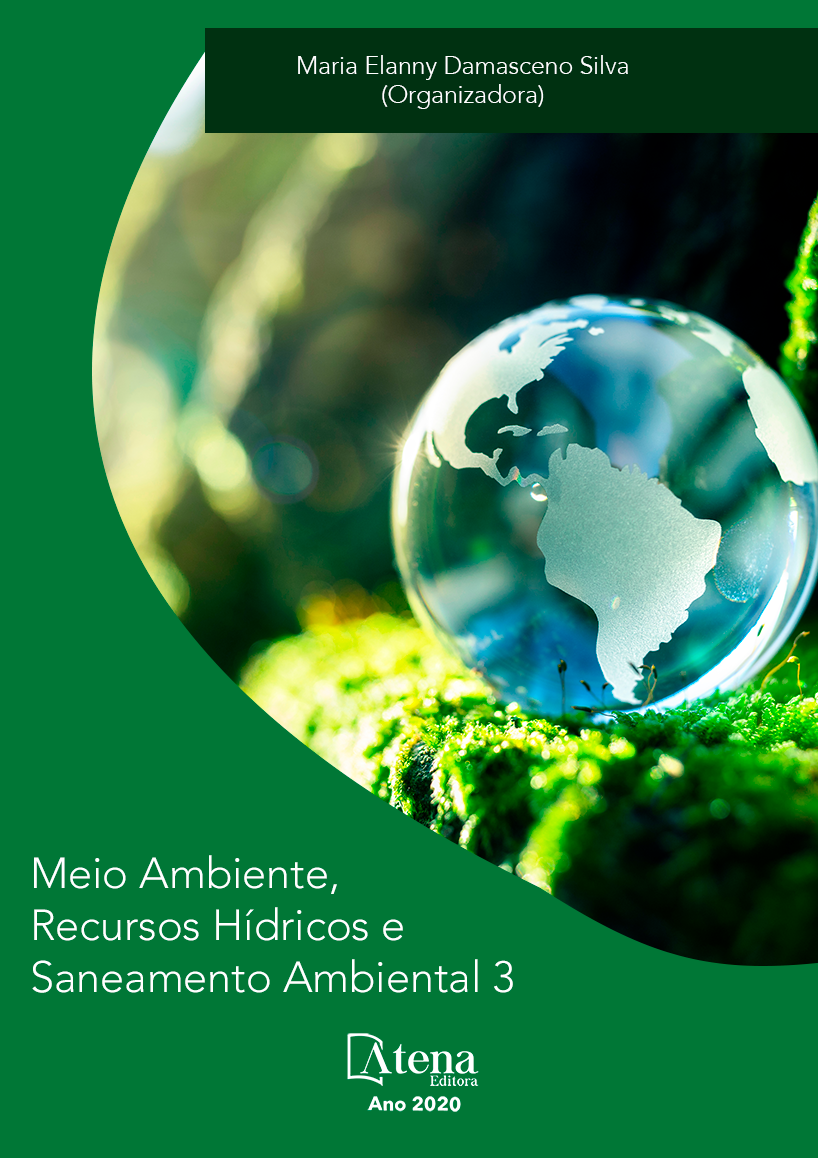
ANÁLISE DA VIABILIDADE AMBIENTAL E FINANCEIRA DA IMPLEMENTAÇÃO DE ALTERNATIVAS TECNOLÓGICAS DE USO RACIONAL DA ÁGUA EM CAMPUS UNIVERSITÁRIO
Diante dos problemas concernentes à escassez hídrica, faz-se necessária a busca por alternativas de uso racional da água. Nesse sentido, com a realização desta pesquisa objetivou-se avaliar alternativas tecnológicas de uso racional da água em uma universidade, mais especificamente nas centrais de aulas da Universidade Federal Rural do Semi-Árido (UFERSA), campus Mossoró-RN, visando estimar os ganhos ambientais e o investimento financeiro da adoção das medidas propostas. As alternativas tecnológicas estudadas se referem à simulação da substituição dos aparelhos hidrossanitários instalados por modelos poupadores de água. Para tanto, foram realizadas visitas in loco a fim de obter o quantitativo e as características dos aparelhos hidrossanitários existentes. Além disso, foi efetuado um levantamento on-line do número de alunos que frequentam cada uma das 7 centrais de aulas da universidade e estudos literários para identificar os aparelhos poupadores de água mais eficientes. A partir dos dados coletados, foi possível simular alguns cenários de gestão da demanda de água. E, alicerçando-se nos resultados obtidos, concluiu-se que os cenários que contam com a substituição dos reparos e válvulas de descarga das bacias sanitárias convencionais proporcionam os melhores resultados, com economia de água variando de 20 a 23%.
ANÁLISE DA VIABILIDADE AMBIENTAL E FINANCEIRA DA IMPLEMENTAÇÃO DE ALTERNATIVAS TECNOLÓGICAS DE USO RACIONAL DA ÁGUA EM CAMPUS UNIVERSITÁRIO
-
DOI: 10.22533/at.ed.22720220715
-
Palavras-chave: Economia de água, medidas tecnológicas, universidades.
-
Keywords: water economy, technological means, university
-
Abstract:
In view of the problems concerning water scarcity, it’s necessary to search for alternatives for the rational use of water. In this sense, this research aimed to evaluate technological alternatives for the rational use of water in a university, more specifically in the classrooms of the Universidade Federal Rural do Semi-Árido (UFERSA), campus Mossoró-RN, in order to estimate the gains and the financial investment of adopting the proposed measures. The technological alternatives studied refer to the simulation of the replacement of the installed hydrosanitary appliances by water-saving models. For this purpose, on-site visits were carried out in order to obtain the quantity and characteristics of the existing hydrosanitary devices. In addition, an online survey of the number of students attending each of the university's 7 classrooms and literary studies was carried out to identify the most efficient water-saving devices. From the data collected, it was possible to simulate some water demand management scenarios. And, based on the results obtained, it was concluded that the scenarios that rely on the replacement of repairs and flush valves in conventional sanitary basins provide the best results, with water savings ranging from 20 to 23%.
-
Número de páginas: 24
- Êmele Rádna Rodrigues do Vale
- Lívia Maria Pinheiro da Cunha
- Maria Josicleide Felipe Guedes
- Antônio José Cruz de Araújo


